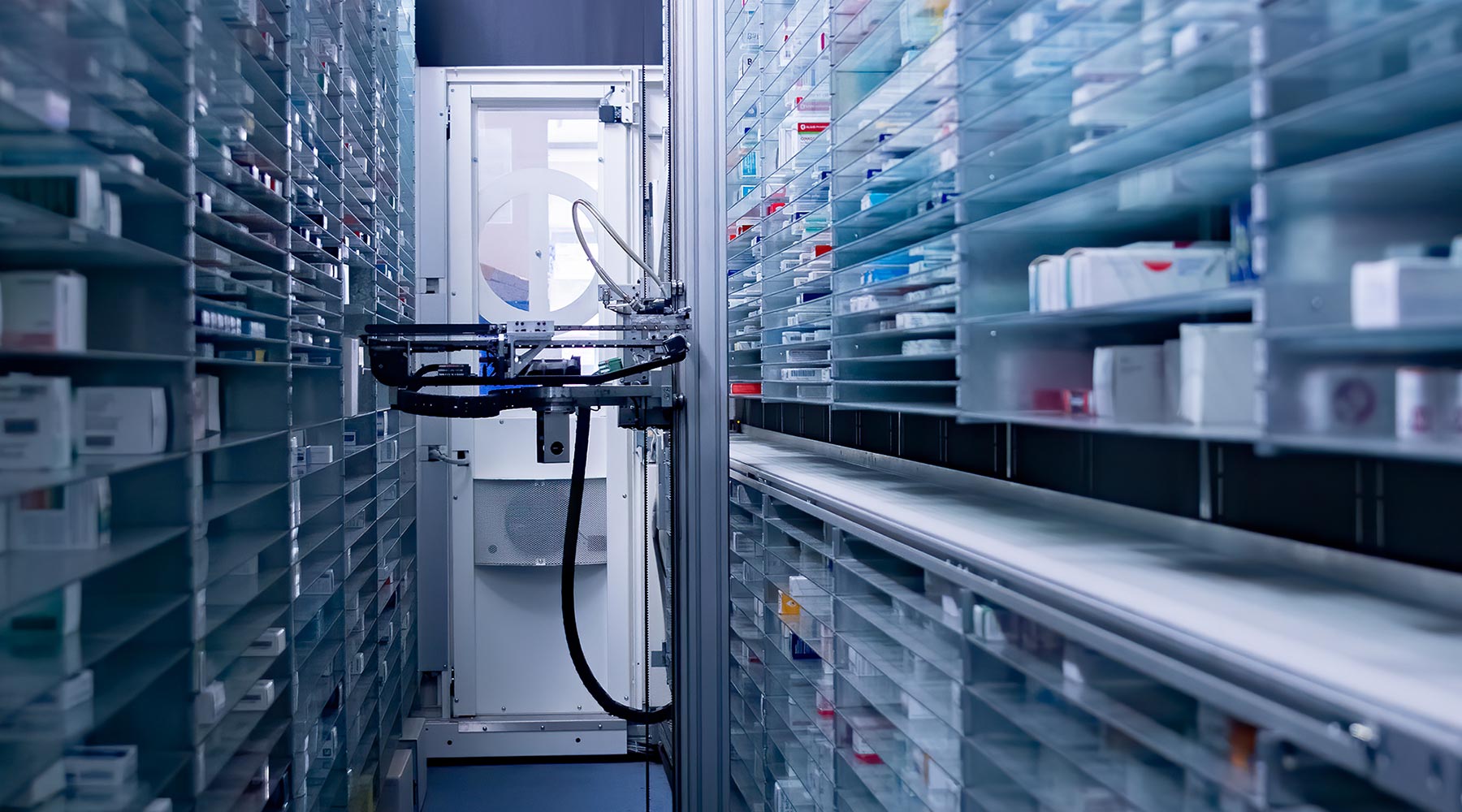How Digital Pharmacies Will Change the Industry

As consumers become more accustomed to purchasing nearly everything they need online, it’s no surprise that the pharmacy industry is following suit. Digital-only pharmacies have been on the rise for years with new businesses trying to set up shop and capture market share. At the same time, traditional pharmacies are working to digitize their operations, streamline processes and hold onto their current customer base. It is the common scenario of industry digital disruption.
The Extinction of Paper Scripts
The movement away from paper-based business systems started decades ago, but the pharmacy industry today is still heavily dependent upon paper prescriptions torn from a doctor’s pad or perhaps printed from the clinic’s iPad. Many patients still bring their scripts to a pharmacy drop-off window and wait for their medication to be filled.
Some providers have transitioned to sending prescriptions electronically to a patient’s pharmacy of choice, and with the rise of telehealth services, medication management can be handled virtually and digitally much more easily. The global pandemic forced existing pharmacies to expand their delivery channels with curbside pickup or delivery options.
This evolution will begin to train patients to expect a more efficient prescription fulfillment process, driving demand for a system that will eventually eliminate the old-fashioned paper prescriptions.
In addition, some state governments are changing paper-prescription rules to help manage the abuse of controlled substances. For example, by January 2022, all medications must be prescribed electronically in the state of California.
Value-Added Brick-and-Mortar Pharmacies
Digital pharmacies, which do not have costs associated with brick-and-mortar counterparts, have the potential to deliver common medications or those used to treat chronic conditions less expensively. Price will certainly drive some market share to make the switch to digital pharmacies.
At the same time, finding ways to deliver medication to homebound patients such as the elderly or to the digitally-raised, such as millennials, will be another critical factor capturing consumers in a competitive market.
Those pharmacies that already have a physical footprint in the existing retail market will be expected to follow suit as much as possible to become more efficient and meet these consumer demands. However, brick-and-mortar pharmacies have the advantage of existing relationships and personal connections that many customers will also seek.
The challenge for existing pharmacies will be to find ways to leverage these advantages and add value to the surrounding community. This may include providing medication counsel, answering specific customer questions or addressing concerns in person. Physical pharmacies may become more of an extension of a local healthcare system, offering patients the softer skills of caring and nurturing that digital pharmacies cannot deliver.
AI in Personalized Healthcare
Artificial intelligence technologies will play a role in helping digital pharmacies as well as traditional ones by adding digital services to personalize the customer experience. As information systems collect and amass customer health histories, digital pharmacies will be able to automatically send refill reminders or potentially suggest complementary products, supplements or services.
In addition, many related AI-driven diagnostic tools are in early adoption stages, which may continue to blur the line between doctor-office visits, virtual care through telemedicine, and services provided through pharmacies. For example, several RiteAid pharmacies provide telehealth services through an in-store kiosk. Customers can obtain a personalized health assessment at their local pharmacy using integrated peripherals that measure basic vital signs through the kiosk, speak with a provider after scheduling an appointment online, and fill any needed prescriptions in one location.
In-home and other patient monitoring devices will rise in the future such as devices that can monitor blood glucose levels, peak flow asthma readings, or blood pressure and heart rates. These devices, used in concert with personal health histories and digital pharmacy records can provide ongoing patient support and health education.
Increased Patient Safety, Reduction of Errors
On the “back office” side of the digitalization of the pharmacy, technological advances have already proven that automated systems can reduce human error and increase patient safety. For example, electronic prescribing systems that have been in use for years at hospitals automate the prescribing, supplying, and administrating tasks and have already been proven to decrease medication mistakes and boost patient safety.
Integration between hospital systems and pharmacies can help streamline discharge procedures, making it easy and safer for patients transitioning from inpatient to home recovery status.
Robotic technology has been used in pharmacies to measure and dispense medications more accurately as well as shift pharmacists and pharmacy techs to manage higher level patient care issues. Robots also maximize space usage in a physical pharmacy and increase efficiency for digital pharmacies.
Allied Healthcare Provider Insurance
Pharmacists, pharmacy techs, and other allied health workers need to be protected from mistakes and errors that sometimes occur in the healthcare field. Mistakes may be the result of medical errors, treatment issues, regulatory failures or legal compliance problems.
NOW Insurance offers comprehensive coverage for allied healthcare workers as well as other healthcare practitioners. Affordable and simple insurance is available to pharmacists, pharmacy techs and others in the industry. Get an immediate quote from our quick and easy online application today.